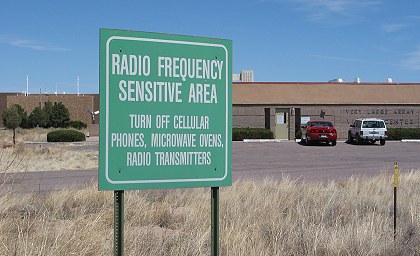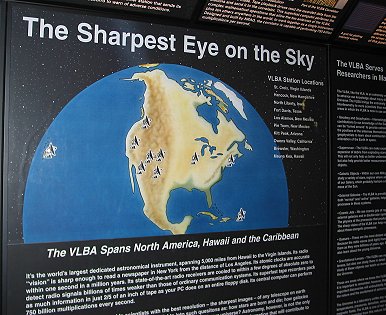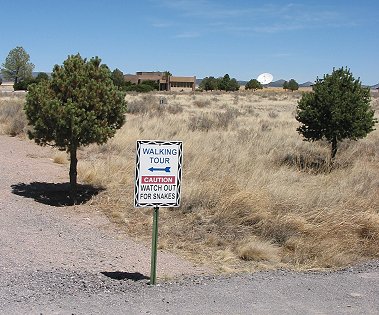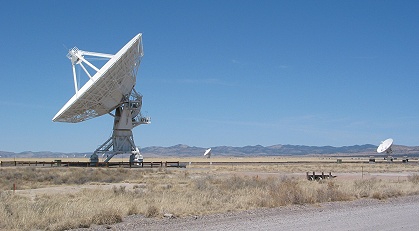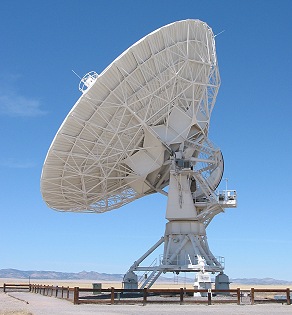The Very Large Array (VLA) is part of the National Radio Astronomy Observatory. The VLA consist of 27 radio antennas that work together arranged in three arms. It was completed in 1982 (after eight years of construction), so I was there for its 20th anniversary.

